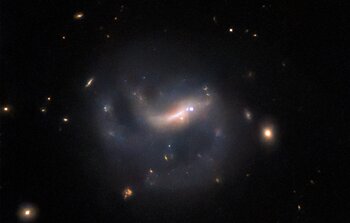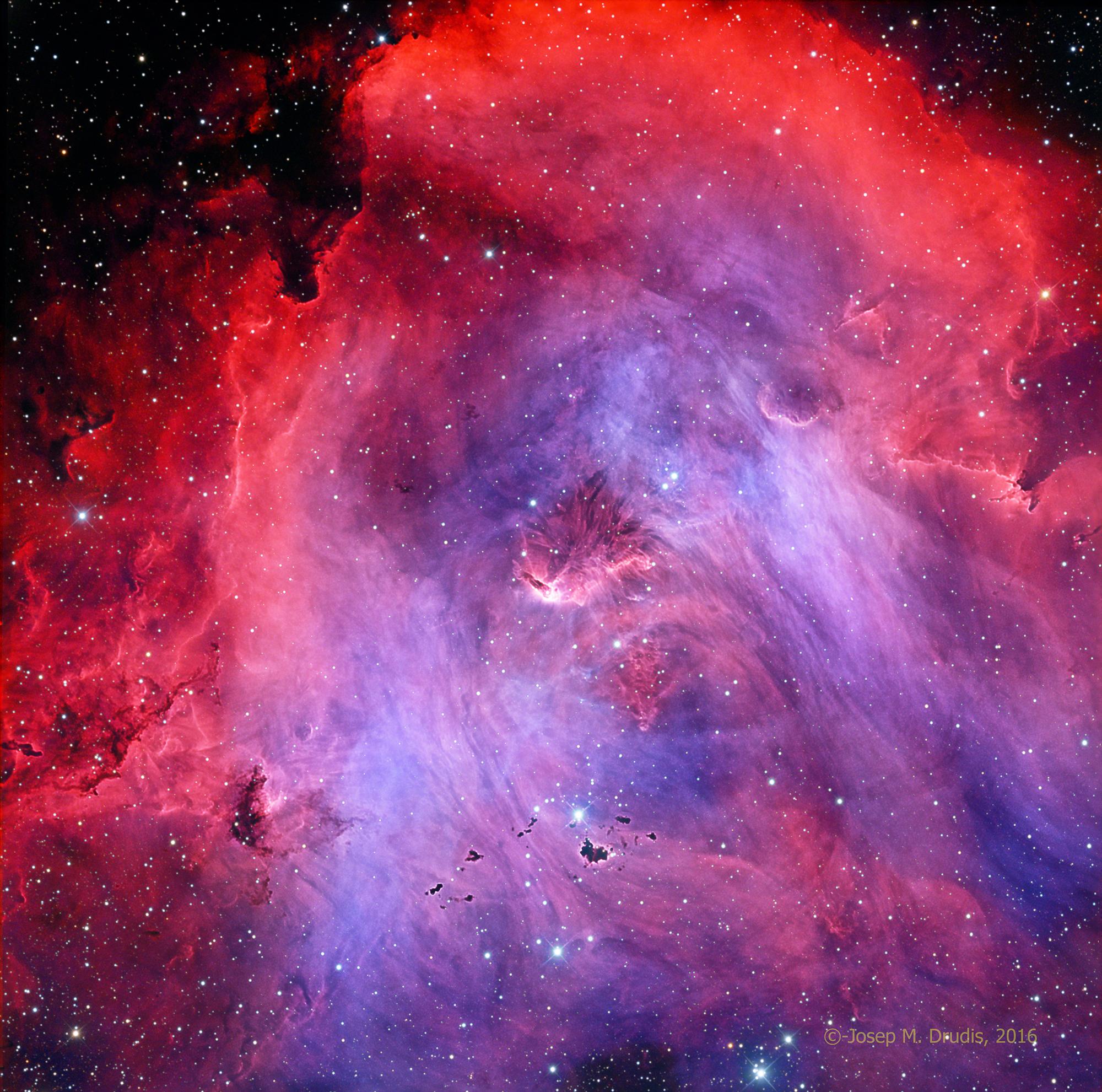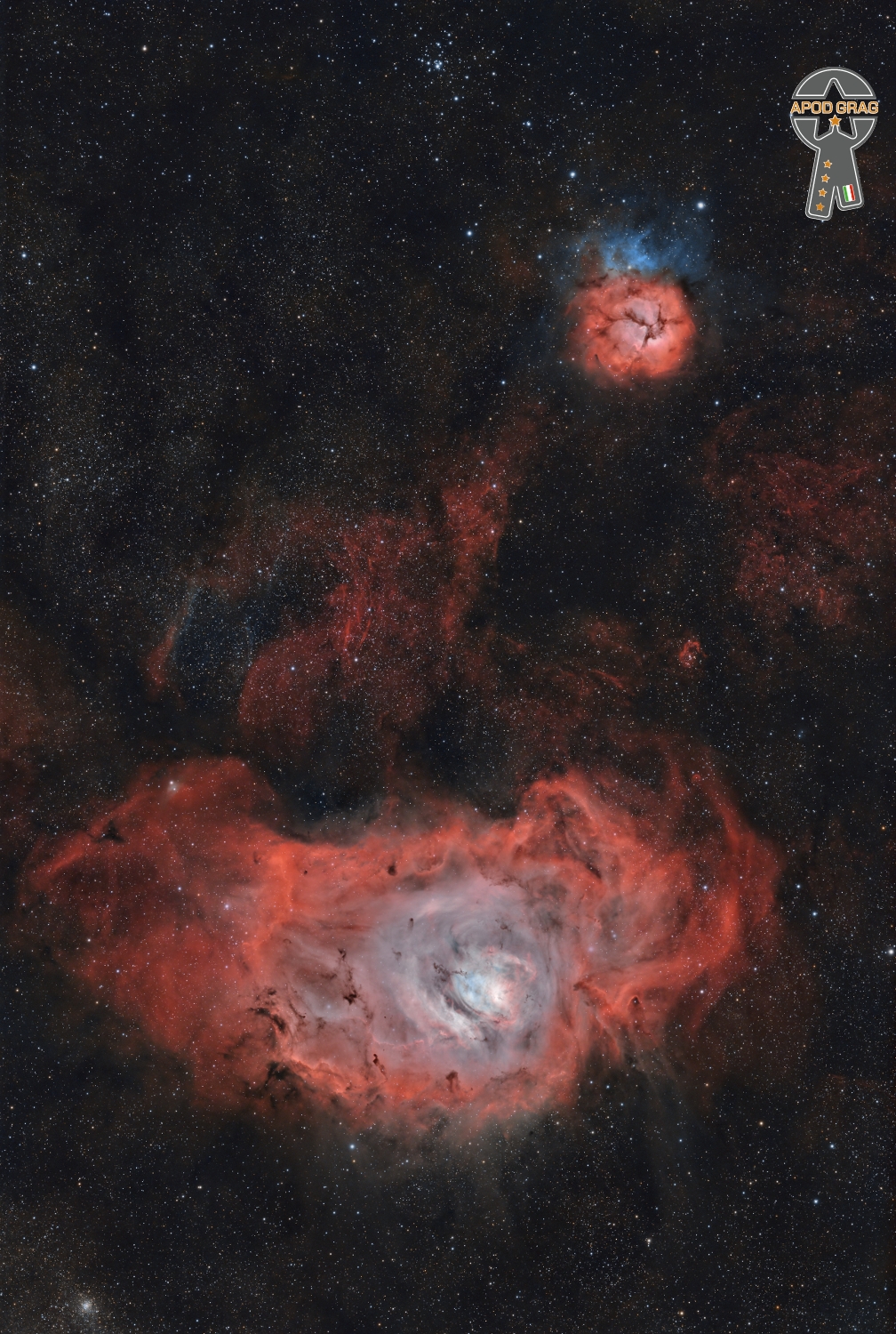Blog
Regina Carter (born August 6, 1966 Detroit) is an American jazz violinist. She is the cousin of jazz saxophonist James Carter.
more...Charles Edward Haden (August 6, 1937 – July 11, 2014 Shenandoah, IA) was an American jazz double bass player, bandleader, composer and educator whose career spanned more than fifty years. Haden helped to revolutionize the harmonic concept of bass playing in jazz, evolving a style that sometimes complemented the soloist, and other times moved independently, liberating bassists from a strictly accompanying role.
more...Anna Marie Wooldridge (August 6, 1930 – August 14, 2010 Chicago),known professionally as Abbey Lincoln, was an American jazz vocalist. She was a civil rights activist beginning in the 1960s. Lincoln made a career out of delivering deeply felt presentations of standards, as well as writing and singing her own material.
more...https://youtu.be/rpSbYik54R4?si=ves4E6yIDZrH-78J
more...This Hubble Picture of the Week features the galaxy LEDA 857074, located in the constellation Eridanus. LEDA 857074 is a barred spiral galaxy, with partially broken spiral arms. It also has a particularly bright spot right in its bar: this is a supernova snapped by Hubble, named SN 2022ADQZ, and quite relevant to this Picture of the Week.
The NASA/ESA Hubble Space Telescope has observed a vast range of celestial objects, from galaxies, to nebulae, to star clusters, to planets in the Solar System and beyond. Observing programmes usually seek to gather data so that astronomers can answer a specific question. Naturally, this means most scheduled observations target an object that astronomers have already researched. Some are famous, like the Crab Nebula or the globular cluster Omega Centauri; others might not be so well known to the public, but still be featured in hundreds of scientific papers, such as the Spider Galaxy or NGC 4753. Not so with this galaxy: LEDA 857074 is named in fewer than five papers, one of which is the Lyon-Meudon Extragalactic Database itself. Virtually no data have been recorded about it, other than its position: since its discovery, it simply hasn’t been studied. So how did it attract the gaze of the legendary Hubble?
The supernova is the answer — SN 2022ADQZ was detected by an automated survey in late 2022, and led to Hubble being pointed at its host galaxy, LEDA 857074, in early 2023. Astronomers have catalogued millions of galaxies, so while today tens of thousands of supernovae are detected annually, the chance that one is spotted in any particular galaxy is slim. We also do not know how actively LEDA 857074 is forming stars, and therefore how often it might host a supernova. This galaxy is therefore an unlikely and lucky target of Hubble, thanks to this supernova shining a spotlight on it! It now joins the ranks of many more famous celestial objects, with its own Hubble image. 
Leonard Harold Breau (August 5, 1941 – August 12, 1984) was an American-Canadian guitarist. He blended many styles of music, including jazz, country, classical, and flamenco. Inspired by country guitarists like Chet Atkins, Breau used fingerstyle techniques not often used in jazz guitar. By using a seven-string guitar and approaching the guitar like a piano, he opened up possibilities for the instrument.
more...Airto Guimorvan Moreira (born August 5, 1941) is a Brazilian jazz drummer, composer and percussionist. He is married to jazz singer Flora Purim, and their daughter Diana Moreira is also a singer. Coming to prominence in the late 1960s as a member of the Brazilian ensemble Quarteto Novo, he moved to the United States and worked in jazz fusion with Miles Davis, Return to Forever, Weather Report and Santana.
more...At the Heart of IC 2948 the “Running Chicken Nebula” are large clouds of gas and dust as this region produces newborn stars in what we call a “ Star Factory.” In the upper left corner are a series of Boc globules that remind us of many solar systems like our own, floating in interstellar space. It’s the brightest emission and reflection nebulae in the constellation of Centaurus and lies around 6,500 light-years away.

Huey “Sonny” Simmons (August 4, 1933 – April 6, 2021) was an American jazz musician. Simmons was born on August 4, 1933, in Sicily Island, Louisiana. He grew up in Oakland, California, where he began playing the English horn. (Along with Vinny Golia, Simmons was among the few musicians to play the instrument in a jazz context.) At age 16 he took up the alto saxophone, which became his primary instrument.Simmons played primarily in an avant-garde style, often delving into free jazz.
His then-wife, Barbara Donald, played trumpet on several of his early records, including his ESP-Disktitles Staying on the Watch and Music from the Spheres; Arhoolie title Manhattan Egos, and Contemporary titles Rumasuma and the double album Burning Spirits.
more...Mitchell Herbert Ellis (August 4, 1921– March 28, 2010 Farmersville, TX) was an American jazzguitarist. During the 1950s, he was in a trio with pianist Oscar Peterson.
Ellis was proficient on the instrument by the time he entered North Texas State University. He majored in music, but because the university did not have a guitar program, he studied the bass. He dropped out of college and toured for six months with a band from the University of Kansas. From 1943–45 he joined Glen Gray and the Casa Loma Orchestra. After Gray’s band, Ellis joined the Jimmy Dorsey band where he played some of his first recorded solos.
Ellis remained with Dorsey through 1947, traveling and recording extensively, and playing in dance halls and movie palaces. Lou Carter told journalist Robert Dupuis in a 1996 interview, “The Dorsey band had a six-week hole in the schedule. The three of us had played together some with the big band. John Frigo, who had already left the band, knew the owner of the Peter Stuyvesant Hotel in Buffalo. We went in there and stayed six months. And that’s how the group the Soft Winds were born”. Together with Frigo and Lou Carter, Ellis wrote the classic jazz standards “Detour Ahead” and “I Told Ya I Love Ya, Now Get Out“.
The Soft Winds group was fashioned after the Nat King Cole Trio. They stayed together until 1952. Ellis then joined the Oscar Peterson Trio (replacing Barney Kessel) in 1953, forming what Scott Yanow would later on refer to as “one of the most memorable of all the piano, guitar, and bass trios in jazz history”.
Ellis became prominent after performing with the Oscar Peterson Trio from 1953 to 1958, along with pianist Peterson and bassist Ray Brown. He was a somewhat controversial member of the trio, because he was the only white person in the group in a time when racism was still very much widespread.
more...Louis Daniel Armstrong (August 4, 1901 – July 6, 1971), nicknamed “Satchmo“, “Satch“, and “Pops“,was an American trumpeter and vocalist. He was among the most influential figures in jazz. His career spanned five decades and several eras in the history of jazz.Armstrong received numerous accolades including the Grammy Award for Best Male Vocal Performance for Hello, Dolly! in 1965, as well as a posthumous win for the Grammy Lifetime Achievement Award in 1972 and induction into the National Rhythm & Blues Hall of Famein 2017.
Armstrong was born and raised in New Orleans. Coming to prominence in the 1920s as an inventive trumpet and cornet player, he was a foundational influence in jazz, shifting the focus of the music from collective improvisation to solo performance. Around 1922, Armstrong followed his mentor, Joe “King” Oliver, to Chicago to play in Oliver’s Creole Jazz Band. Armstrong earned a reputation at “cutting contests“, and his fame reached band leader Fletcher Henderson. Armstrong moved to New York City, where he became a featured and musically influential band soloist and recording artist. By the 1950s, Armstrong was a national musical icon, appearing regularly in radio and television broadcasts and on film.
Armstrong’s best known songs include “What a Wonderful World“, “La Vie en Rose“, “Hello, Dolly!“, “On the Sunny Side of the Street“, “Dream a Little Dream of Me“, “When You’re Smiling” and “When the Saints Go Marching In“. He collaborated with Ella Fitzgerald, producing three records together: Ella and Louis (1956), Ella and Louis Again (1957), and Porgy and Bess (1959). He also appeared in films such as A Rhapsody in Black and Blue(1932), Cabin in the Sky (1943), High Society (1956), Paris Blues (1961), A Man Called Adam (1966), and Hello, Dolly! (1969).
With his instantly recognizable, rich, gravelly voice, Armstrong was also an influential singer and skillful improviser. He was also skilled at scat singing. By the end of Armstrong’s life, his influence had spread to popular music. He was one of the first popular African-American entertainers to “cross over” to wide popularity with white and international audiences. Armstrong rarely publicly discussed racial issues, to the dismay of fellow African Americans, but took a well-publicized stand for desegregation in the Little Rock crisis. He could access the upper echelons of American society at a time when this was difficult for Black men.
more...The Lagoon Nebula (catalogued as Messier 8 or M8, NGC 6523, Sharpless 25, RCW 146, and Gum 72) is a giant interstellar cloud in the constellation Sagittarius. It is classified as an emission nebula and has an H II region.
The Lagoon Nebula was discovered by Giovanni Hodierna before 1654 and is one of only two star-forming nebulae faintly visible to the eye from mid-northern latitudes. Seen with binoculars, it appears as a distinct cloud-like patch with a definite core. Within the nebula is the open cluster NGC 6530. 4100ly
The Trifid Nebula (catalogued as Messier 20 or M20 and as NGC 6514) is an H II region in the north-west of Sagittarius in a star-forming region in the Milky Way’sScutum–Centaurus Arm. It was discovered by Charles Messier on June 5, 1764. Its name means ‘three-lobe’. The object is an unusual combination of an open cluster of stars, an emission nebula (the relatively dense, reddish-pink portion), a reflection nebula(the mainly NNE blue portion), and a dark nebula (the apparent ‘gaps’ in the former that cause the trifurcated appearance, also designated Barnard 85). Viewed through a small telescope, the Trifid Nebula is a bright and peculiar object, and is thus a perennial favorite of amateur astronomers.

more...
Hamid Drake (born August 3, 1955 Monore, LA) is an American jazz drummer and percussionist.
By the close of the 1990s, Hamid Drake was widely regarded as one of the best percussionists in jazz and improvised music. Incorporating Afro-Cuban, Indian, and African percussion instruments and influence, in addition to using the standard trap set, Drake has collaborated extensively with top free jazz improvisers. Drake also has performed world music; by the late 1970s, he was a member of Foday Musa Suso’sMandingo Griot Society[1] and has played reggae throughout his career.[2]
Drake has worked with trumpeter Don Cherry, pianist Herbie Hancock, saxophonists Pharoah Sanders, Fred Anderson, Archie Shepp and David Murray, and bassists Reggie Workman and William Parker (in many lineups).
Drake studied drums extensively, including eastern and Caribbean styles. He frequently plays without sticks, using his hands to develop subtle commanding undertones. His tabla playing is notable for his subtlety and flair. Drake’s questing nature and his interest in Caribbean percussion led to a deep involvement with reggae.
more...More Posts
- The Cosmos with Holographic Principal
- Keb’ Mo’
- Stevie Ray Vaughan
- Steve Reich
- Ronnie Laws
- Von Freeman
- World Music with Rocky Dawuni
- Daily Roots with Max Romero
- The Cosmos with NGC 1499
- Prasanna Ramaswamy
- Kenny Rittenhouse
- Sting
- Howard Roberts
- World Music with Monsieur Doumani
- Daily Roots with Slim Smith
- The Cosmos with the Milky Way
- Youssou N’Dour
- Dave Holland
- Albert Collins
- Flamenco Fridays with Farruquito
